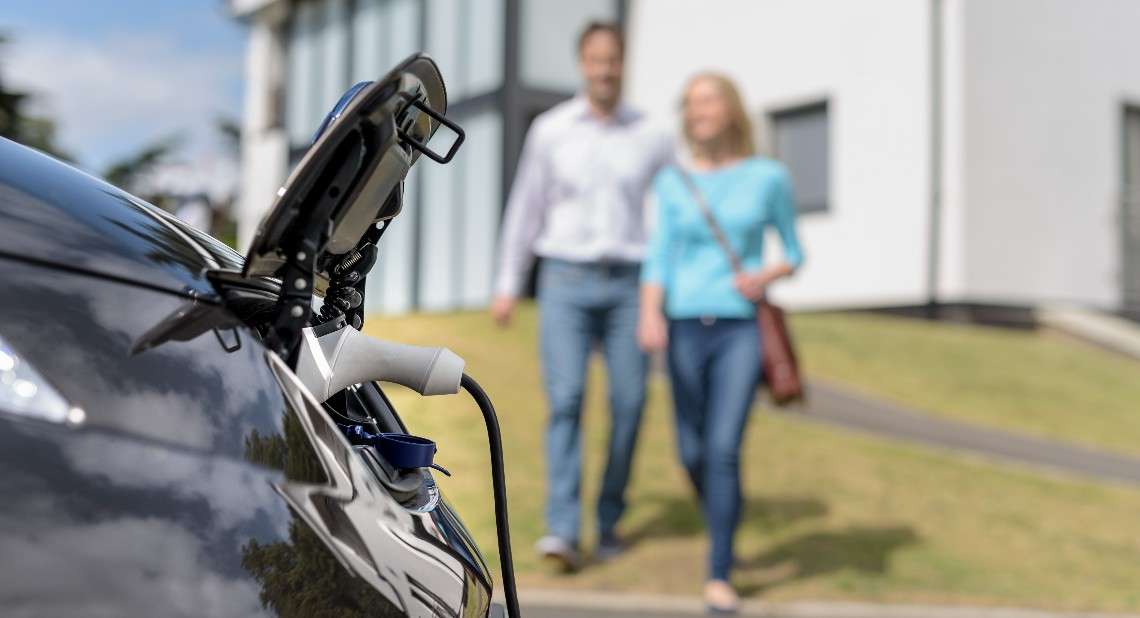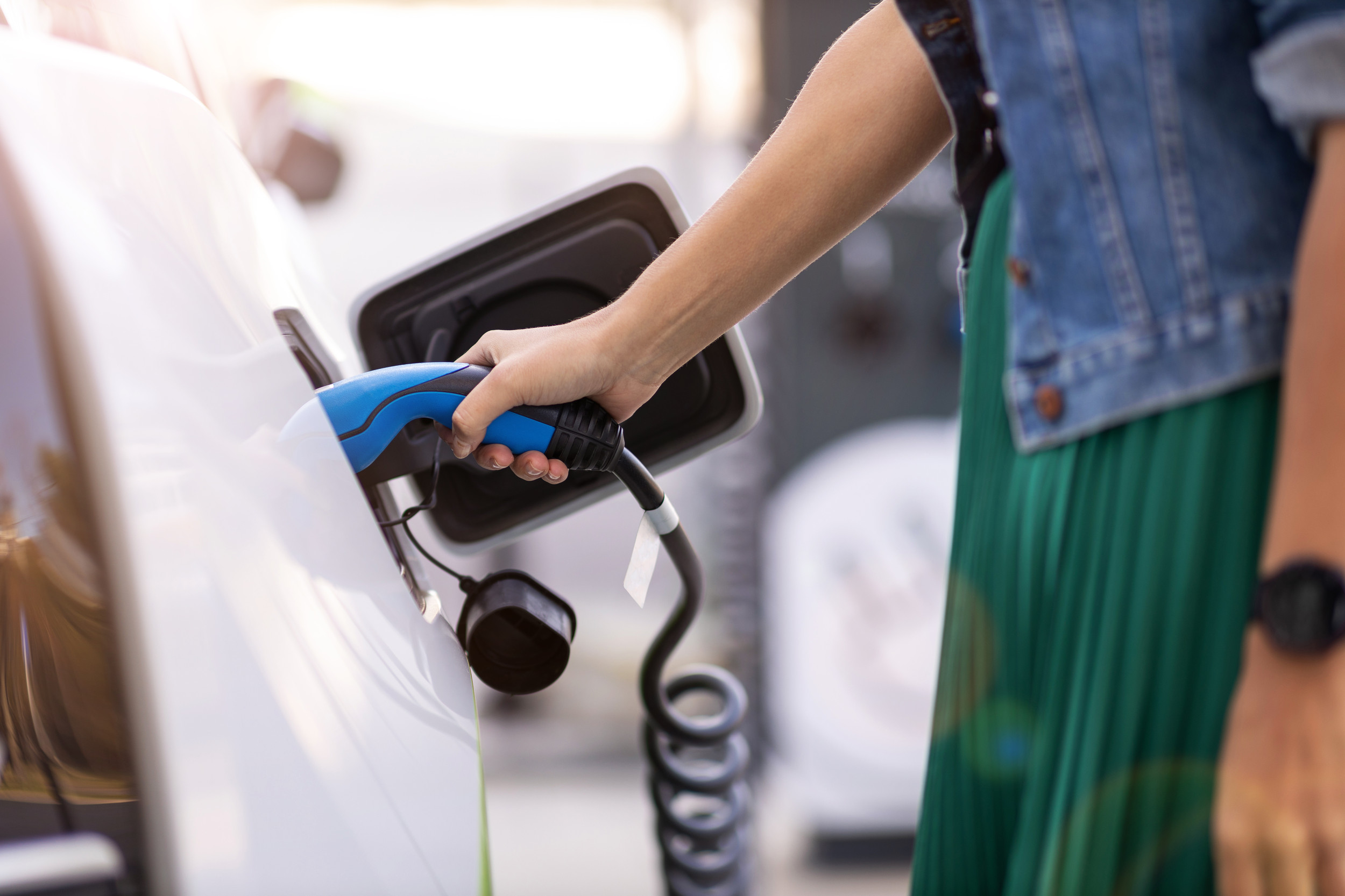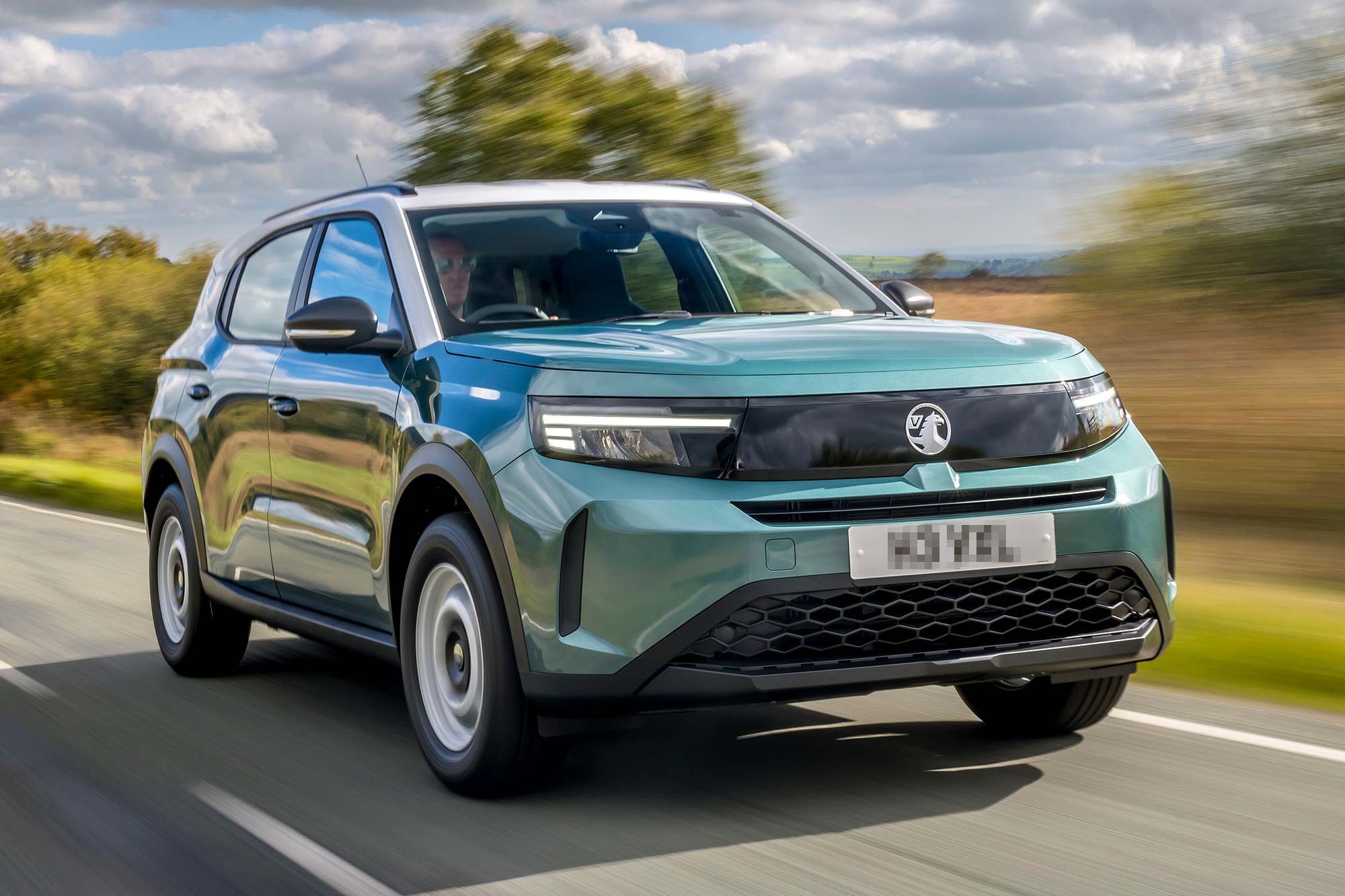Electric cars may be the future, but are they the right option for you right now? Motoring writer Gareth Herincx weighs up the benefits and shortcomings of switching to an electric vehicle (EV).
With the Government’s ban on the sale of new petrol and diesel vehicles by 2030, electric cars are becoming a much more popular choice. They’re much kinder to the planet and are often cheaper to run, however there are some other things that you’ll need to consider.
That’s why it’s important to do your research before switching to electric. The Motability Scheme website has a handy tool to help you find out if an electric car might suit your specific needs, but in this article, we’ll look at the pros and cons of electric cars on a more general level (compared to their petrol or diesel alternatives). Keep reading to help you make an informed decision.
What are the pros and cons of running an electric car?
EV Pros
- Reduced running costs
This will depend on where you recharge your car, but an electric vehicle can cost less than half the price of a petrol or diesel vehicle per mile. - Lower maintenance
Electric cars are cheaper to maintain than traditional petrol and diesel vehicles, because there are fewer moving parts and there’s less to go wrong. This means that if you buy an electric car, your service and maintenance costs are likely to be lower. However, if you’re a Motability Scheme customer then you don’t need to worry about any of that – we offer an all-inclusive lease, which means your servicing and maintenance costs are already included in the price you pay. - Easy to drive
There are no manual gearboxes in EVs, which is a big bonus for people who prefer to drive an automatic. Simply enter the Drive mode, press the accelerator and go! - Zero emissions
EVs are planet-friendly because they don’t release any harmful tailpipe emissions while driving. Although there are still some environmental impacts from the manufacturing process, they are a much greener option than their petrol or diesel alternatives. You can learn more about the environmental impacts of EVs here. - Refined experience
Many people don’t realise that an electric car can provide a smoother, quieter ride, because it doesn’t use an internal combustion engine. The electric motor that powers an EV doesn’t give off any engine noise, so you can just relax and enjoy the ride. - Safety first
EVs undergo the same rigorous testing and meet the same safety standards required for petrol or diesel cars. In fact, most new electric cars feature the latest technology, such as advanced driver assistance and other safety features. - Growing choice
Back in the day, there were just a few EVs available to choose from. Now, most manufacturers offer electric models in all shapes and sizes – as well as for all budgets. - Tax benefit
Vehicle Excise Duty (VED), more commonly known as ‘road tax’, is something we need to pay to drive and park on UK roads. However, road tax is based on emissions, so EV drivers pay nothing. This benefit is less relevant if you’re a Motability Scheme customer though – you’ll already be exempt from road tax as you receive a qualifying mobility allowance. - Clean air zones
EVs may be the only choice for getting around some cities in the future, as more councils crack down on air pollution with clean air zones.
EV Cons
- Higher purchase cost
Broadly speaking, the upfront cost/monthly payments for buying an electric car is higher than their petrol or diesel equivalents. But as electric motoring becomes the norm, the prices are likely to become more competitive. If you’re looking for a car on the Motability Scheme, you can use our Car Search tool to filter your options by price, manufacturers, fuel types and more. - Longer ‘refuelling’ times
Filling up a tank of petrol or diesel takes a few minutes, but a full EV charge can take a fair bit longer, depending on the model and charger power. A rapid charge could take as little as 20 minutes, but if you’re using an at-home chargepoint you’ll need to wait several hours for a full charge. - Range anxiety
Some drivers worry that they’ll not have enough charge to reach their destination, although it’s worth remembering that for most people, an EV should meet your everyday mileage needs. You can learn more about range anxiety here. - Lack of charging infrastructure
According to the Zap-Map database, there were 37,261 charging points across the UK, across 22,049 charging locations at the end of 2022. However, they are not distributed evenly, which leaves many areas with little or no choice. You should always think about the charging infrastructure around you before switching to electric, particularly if you’re not able to get a home chargepoint installed. - Chargepoint issues
Queuing to use a public charger is still quite common at busier locations, while faulty chargers are not unusual. You may also need to think about the accessibility of EV chargepoints if you have limited mobility. Motability, the Charity, has sponsored the publication of a new accessibility standard for public EV chargers, but there is still work to be done before they are all accessible. - Charging costs
Soaring global electricity prices mean charging an electric car is not as cheap as it used to be, because home and public charger tariffs have risen. However, they are still a more economical option for many drivers so long as you think about tariffs beforehand – the Motability Scheme website contains some useful charging cost comparisons which you may want to view.
There’s a lot to consider, so make sure you use this article as a starting point and look at the electric cars section of the Motability Scheme website for more information. You can also use the Car Search tool to view the full list of electric cars available on the Scheme.
Interested in joining the Scheme?
The Motability Scheme offers an all-inclusive package to help you stay mobile. If you are in receipt of a qualifying mobility allowance you can use it to lease a car, scooter, powered wheelchair or Wheelchair Accessible Vehicle (WAV).
Eligibility
To join the Scheme, you must be in receipt of one of the following mobility allowances:
- Enhanced Rate of the Mobility Component of Personal Independence Payment (PIP)
- Higher Rate Mobility Component of Disability Living Allowance (DLA)
- Higher Rate Mobility Component of Child Disability Payment (Scotland)
- War Pensioners’ Mobility Supplement (WPMS)
- Armed Forces Independence Payment (AFIP)
You can easily check whether you’re eligible to join the Motability Scheme by using our eligibility checker tool.
Related articles
Is now the right time to get an electric car?
6 ways to maximise your electric vehicle’s driving range
Electric Cars: Information and Driver’s Guide
![]()








